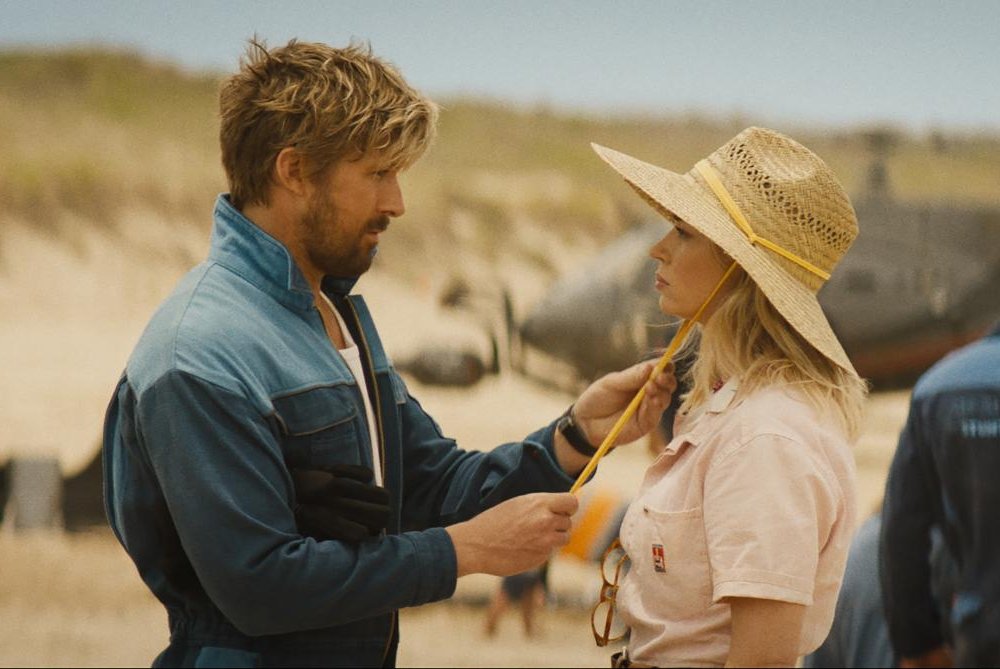SIOUX FALLS, S.D. (Dakota News Now) – While all humans are strictly advised by both meteorologists and medical experts to stay indoors entirely when winter weather conditions are as frigid and severe as they are in the Upper Midwest this week, those who work outdoor jobs all day and everyday have no choice.
“Most people run to their cars, while we’re going up on roofs, taking care of everybody,” said Steve Smith, the commercial service manager for Howe, Inc. — a plumbing, heating, cooling repair company.
So how do Howe’s HVAC technicians stay warm and safe?
“You have to be mentally prepared,” said Smith, who worked on roofs for two decades before becoming a manager three years ago. “You have to know what to gear up for, know when to take breaks, and check out what situations you’re going to be in.
On Wednesday, the heating system inside DeWitt Designs interior decorating studio and showroom needed immediate repair. The device that controls that system is on the rooftop of the building — which is the case for most retailers, restaurants, hotels, and assisted living centers.
And while temperature hovered around zero degrees and winds whipped at 10 to 15 mph — putting the wind chill temp at 15-below — there was no waiting for conditions outside to warm up to help the people on the inside.
If a business loses heat, it loses business.
So, a manager at DeWitt called Smith, who sent HVAC service technician Alex Phrommany to the rescue.
It’s a frigid job, but somebody’s got to do it.
”I personally love it, just because it’s exciting,” Phrommany said with a smile.
Seriously?
“People are like, ‘how the heck could you ever be out there in this,’ but, you know, I guess I’m just numb to whatever comes my way.”
So, how does Alex become comfortably numb? Prior to stepping out into the frozen tundra of Sioux Falls, he described the clothing required to a Dakota News Now crew in the Howe office headquarters.
He starts with four layers above the waist — T-shirt, long sleeve shirt, fleece pullover, and jacket. Then, the heavy-duty stuff — heated coat, regular outdoor coat, and thick overalls he calls bibs, “one of the most important things.”
The pants of those bibs make a third layer below the waist, in addition to long underwear and pants.
Headgear includes at least a stocking cap and coat hood to block the wind, which is far fiercer on roofs than most other places, since there are far fewer objects to block the wind, if any.
Some technicians wear special masks to cover their faces. Alex wore special goggles over his eyes, but kept the rest of his face exposed on Wednesday.
Then, of course, there are gloves, in which most technicians place warming packs. Some also stick those packs in their socks to keep their feet warm.
But the several layers of clothes only last so long.
”It does get dicey out there, so you’ve got to know when to get off the roof,” Smith said. “If it’s getting really cold, go inside.”
On days like today, Smith advised most techs to be outside not much more than 30 minutes at a time.
But for Alex, at 22 years old in terrific physical shape, “if everything stays warm, I can pretty much be out there as long as I need to,” Alex said.
“It’s very rare that I’m like, ‘awe, man I’ve got to get off this roof,’ or, ‘what am I doing here?’ You know, I’m just doing my job.
“If I get really cold, if I feel my fingertips start to get cold, if my toes start to get cold, that’s when I’ll take a break and go inside to warm up.”
You’re probably wondering if there are conditions under which the technicians can’t work outside? The answer is yes.
Smith keeps a constant eye on the current and hour-by-hour weather. He trains technicians on precautions they need to take once they get to a job site.
One major precaution is making sure the door to the roof is strapped down, so it doesn’t blow off the building in severe wind. For that matter, the entire roof needs to be surveyed for any objects that may blow away and injure the technician, or worse, someone down below.
Technicians are told that if they deem the weather or conditions on the roof to be a hazard to their safety, they are encouraged to abstain from working there.
Howe, Inc., has “typical insurance stuff” to cover injuries suffered on the job, but Smith said the main focus of training is “to keep everybody educated, just to make sure they’re safe while they’re out there.”
Phomanny said he does not worry about his safety very often, “especially when we have training that teaches us how to do the right precautions, and as long as I feel safe, there really is nothing wrong. We always try to not push our own limits.”
Still, both Smith and Phommany admit that perhaps an outdoor-working technician has to be a little bit crazy to be mentally equipped to both survive and thrive on the job.
In other words, they almost have to embrace the pain and risk, even though the company goes above and beyond to minimize both.
“I grew up loving adventure,” Phomanny said. “Loving to climb around and getting into little nooks and crannies I shouldn’t. So, it helped me prepare (for this profession).
“We’re going into small, tight spaces, and we’re going super high in the air. I guess being used to danger-type things is good.”
Most shifts for Phomanny are from about 7 a.m. to 4 p.m., with a one-hour lunch break. He said he finds the job rewarding, even on days when most of the human population doesn’t stay inside merely for comfort, but for their own livelihood.
”Oh, man, it feels great,” Phomanny said of his working in an occupation most would want no part.
“I just love it when we figure out the problem that other people wouldn’t be able to figure out. Just seeing the smile on people’s faces when we get it fixed just makes our day. It really does.”
Copyright 2022 KSFY. All rights reserved.
This content was originally published here.









